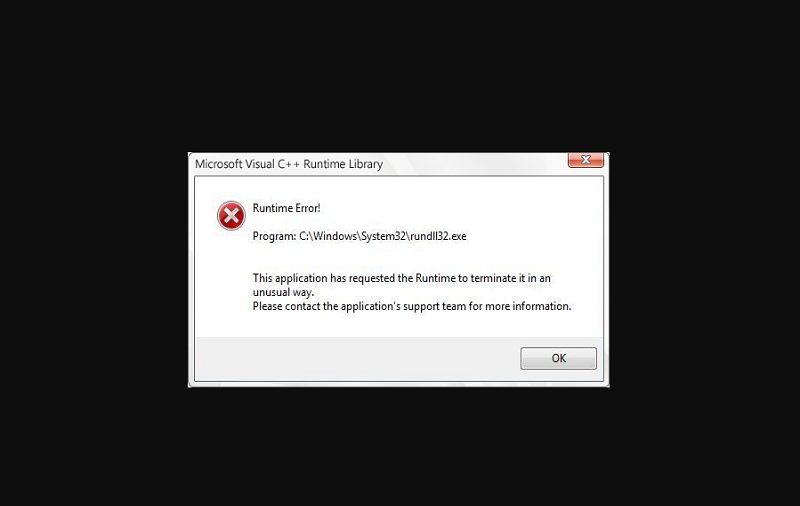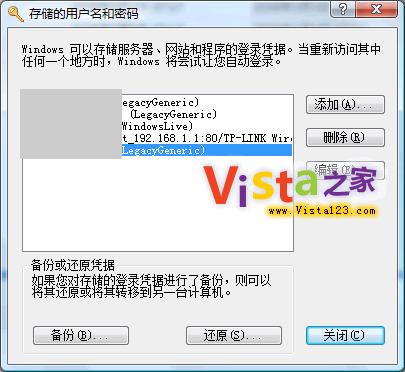

Windows 7: Manage User Stored Credentials (User Na.Once the dialog is displayed you can change or delete any of the stored credential information.


If you checked the Remember My Password check box, the information will be saved to the stored credentials area of your user profile. You’ll see the Stored Usernames and Passwords window. Type the following command and hit Enter. Press the Windows key + R together to open the Run box. Windows will attempt to use the currently logged on user credentials to authenticate that connection. If that username and password doesn't work, it will attempt to find one in the stored credentials. If these credentials are not available on the local system, you will be prompted with a username and password dialog box with a check box titled Remember My Password. Method 2: Clear Network Saved Credentials Using the Run Command. To remove a saved network credential you can select one of the entries and click Remove.When your computer tries to connect to other devices on your local network that requires a username and password. You’ll see the Stored Usernames and Passwords window.Press the Windows key + R together to open the Run box.Method 2: Clear Network Saved Credentials Using the Run Command Click one of the entries in the list and expand it, you can then click the Remove option to clear it.Select the Windows Credentials type and you’ll see the list of credentials you have saved for network share, remote desktop connection or mapped drive.Click the “ Manage your credentials” option at the top left.Open the Control Panel and select Large icons in the View by menu.Method 1: Clear Network Saved Credentials Using Control Panel In this tutorial we’ll show you 2 simple ways to clear saved credentials for network share, remote desktop connection or mapped drive in Windows 10 / 8 / 7. cmdkey Si no tenemos acceso (por restricciones GPO de dominio o similar) al panel de control o poder invocar desde ejecutar, pero si a una consola cmd. If you checked the option to remember your credentials, Windows will store your passwords for the next connection. rundll32.exe keymgr.dll, KRShowKeyMgr Figura 3: KRShowKeyMgr - Administrador de nombres de usuario y contraseñas alamacenadas. When you try to access protected file shares on the network or launch RDP sessions, you’ll be prompted to save the passwords.


 0 kommentar(er)
0 kommentar(er)
